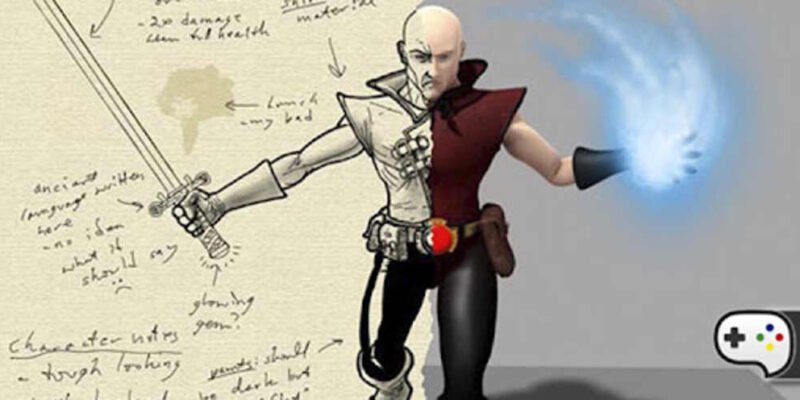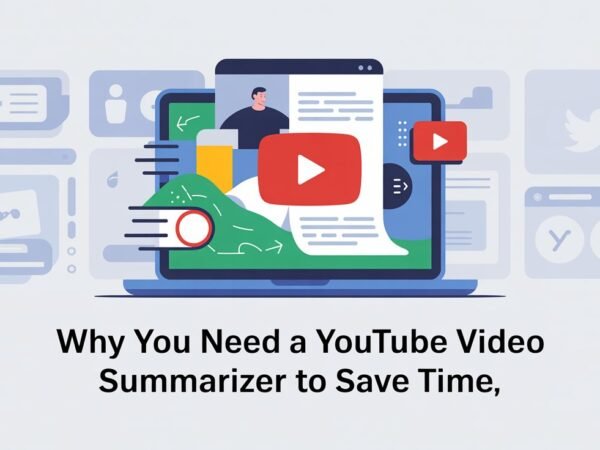Do you want to create a game but feel overwhelmed by the idea of writing a game design document?
While writing a GDD may feel challenging, there are no two views about its importance.
With the right tools, you can turn this challenge into a fun exercise to help you design your game.
This article will give you an overview of a GDD, why it is so important, and what tools you can use to make your dynamic GDD without banging your head on the wall!
Let’s get to it.
What is a Game Design Document?
Like every good story with a well-written script/screenplay behind it that serves as its blueprint, a game has a game design document.
It has conceptual and technical details of the game in development and usually includes:
- Project description – A summary of what the game is about, its concept, genre, target audience, etc.
- Gameplay – The most important (and usually the most extended) section of a GDD includes its goals, user skills, game mechanics, progression and challenges, losing conditions, etc.
- Mechanics – Rules, combat, physics, etc.
- Game elements – Story, characters, level design, theme, etc.
- Assets – Sound effects, art style, etc.
- Technical description – Platforms you’d be launching for, tools you’ll use, etc.
- Marketing and funding (optional segment)
A GDD made as a text-heavy document can become overwhelming and boring. To ensure teams are excited to use it, it must be a more visual and dynamic document that teams can collaborate on.
But why is a GDD important in the first place?
Why is it Necessary to Have a Game Design Document?
A game design document (GDD) is the anatomy of the game written on paper that guides game creation. It saves the game creation team from running into cul-de-sacs around code and mechanics and from confusion over what goes where.
It can be pretty impossible to build a meaningful and successful game if you do not have a crystal-clear idea of:
- What you are making
- Who are you making it for
- How you are going to do it
- By when, and
- How to make it commercially viable.
Also, a GDD keeps all stakeholders, such as developers, designers, artists, producers, and other teams, on the same page regarding their roles, timelines, and vested interests in game development.
Now, look at some documentation tools to create your own GDD.
Best Tools to Create a Game Design Document
Document360
Document360 is AI-powered knowledge-based software for game designers and developers. It lets you store information, manage, and share all your game documentation with your internal teams and customers.
Use its state-of-the-art editors to create your lightweight game design document with images and videos. It also gives you the freedom to write code-heavy elements in your GDD.
You can host not just one but multiple knowledge bases on Document360. This means that even if your team is an agency or a studio developing a portfolio of games, you can document them all in Document360. With private documentation and SSO login, you can create documentation for your development teams, project owners, and end users separately, creating a secure way to share the necessary documentation. With its category manager, you can easily organize all documents up to 6 levels of categories and subcategories, ensuring quick search and action.
Store and manage your images, videos, files, and more on Document360 to insert them quickly into your game documentation. You can also use Document360 for other types of documentation, such as technical requirements and system architecture.
Last, Document360 secures your game documentation with SSL, database encryption at rest, and a 100% cloud-based architecture, user-based roles and groups, enterprise SSO, and auditing.
Nuclino
Nuclino lets you create game design documents, organize game assets, manage tasks, and collaborate all in one place. With Nuclino, you can design your perfect game design workflow and save hours by easily locating whatever you are looking for—a process, a design sketch, or a meeting note.
You can add content to your existing GDDs as your game evolves and keep version histories to avoid confusion later. With Nuclino, you can also track task backlogs and art pipelines, helping you to prioritize your work easily.
It lets you collaborate in real-time, making sharing your work with fans, publishers, and other stakeholders easy.
Milanote
Called ‘Evernote for creatives’ by one of its clients, Milanote is an easy-to-use tool to create your GDD with the help of visual boards. Game developers can gather inspiration, develop characters, create storyboards, and plan marketing and promotion all in one place with Milanote.
Drag and drop to rearrange your game story and see it at a glance, just like a wall of post-it notes. Set the visual direction of your game with its moodboards and bring your characters to life with its character profile template. You can also design your game design document with its templates and organize all aspects of your video game with Milanote.
Ludo.ai
Ludo is an all-in-one platform for game designers and developers. With Ludo, you can create game design documents and market-ready games.
Powered by AI, Ludo can help you identify market trends and patterns and choose appropriate themes and content for your video game. With the help of its AI technology, you can also generate game elements and mechanics and move beyond human creative blocks.
Ludo also provides game and image search, stats, top charts, image generation, and more—all on one platform during the game development process.
Gamescrye
Gamescrye is a documentation tool for both tabletop and video game designs. It simplifies documenting, communicating, and organizing game concepts, including creating a game design document.
With Gamescrye, you can add any design concept as a Game Element. You can store images and other files on each game element and keep your assets close to your game concepts. You can also keep your Game Elements organized with a simple tagging system.
Conclusion
I hope that by the end of this article, you are looking forward to creating your GDD. With the right tool, it can be a fun process that will bring your dream game to life.
Do Read: Reasons Why Gamers Spend Real Money on In-Game Items













